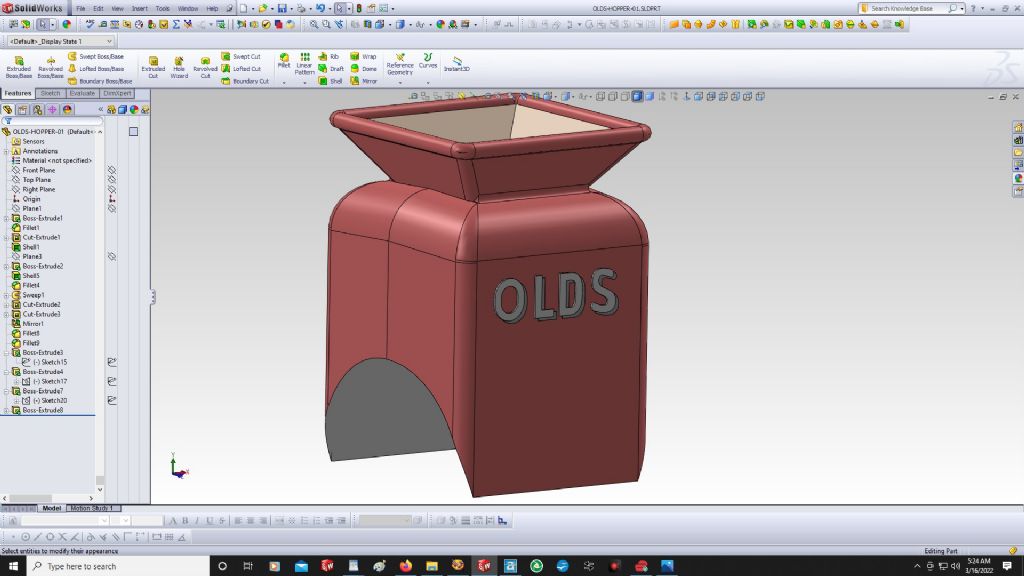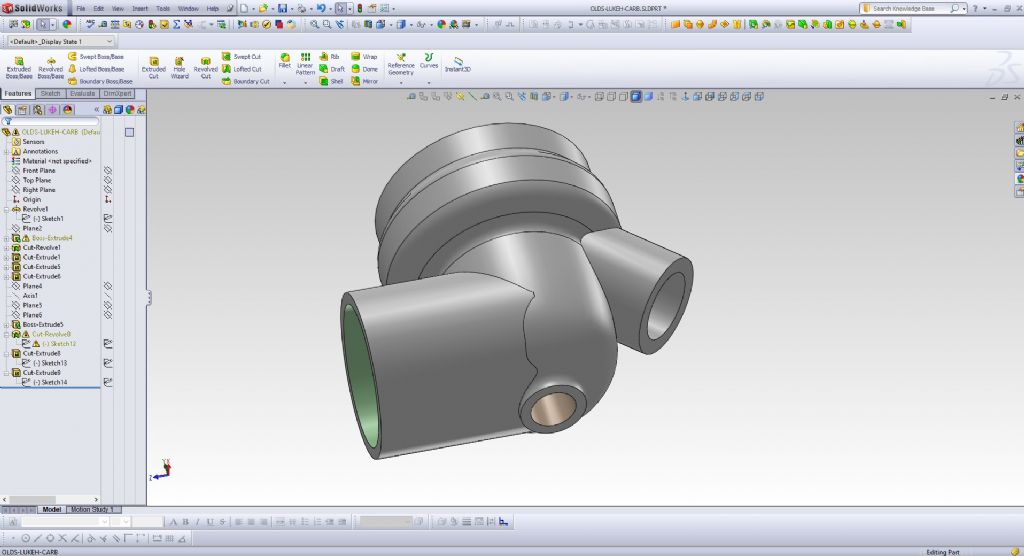I ran across some photos of a scale model of an Olds Type "R" hit and miss engine, perhaps 1.5 or 1.75 hp, and I really like the looks of this engine.
It is produced in 1/2 scale (subject to castings availability).
At one time it was available as a 1/2 scale casting kit labled "Briesch Olds".
In researching this engine, apparently the patterns changed hands a few times in auction, and it appears that the 1/2 scale Olds patterns have been either lost or set aside under a lot of dust in someone's garage or barn.
I inquired around as to whether there were any 1/2 scale Briesch Olds casting kits or drawings available, and apparently those who have the drawings don't want to share them for copyright reasons, which I fully understand and appreciate.
So what is a person to do who would like to make a 1/2 scale Olds Type "R"?
Well, all it takes is a few good photos, and one can recreate many of the old engines. This particular engine is not too terribly complicated, luckily, and so I am on a Monty-Python-type holy quest to recreate the Olds Type "R" in 3D modeling, print patterns, and then make iron castings at a scale slightly larger than 1/2 scale (so that the flywheel diameter is an even 10" .
.
Perhaps a good exercise in 3D modeling.
All of the 3D models for this engine have been created with the appropriate draft angle, which makes them a bit more tedious and difficult to handle, but well worth it in the end whey one is trying to pull the patterns from the sand.
So far I am pleased with the progress I have made, working on and off over about 1 week's time.
Here are a few screen captures of the 3D models.
 PatJ.
PatJ.

 .
.



















